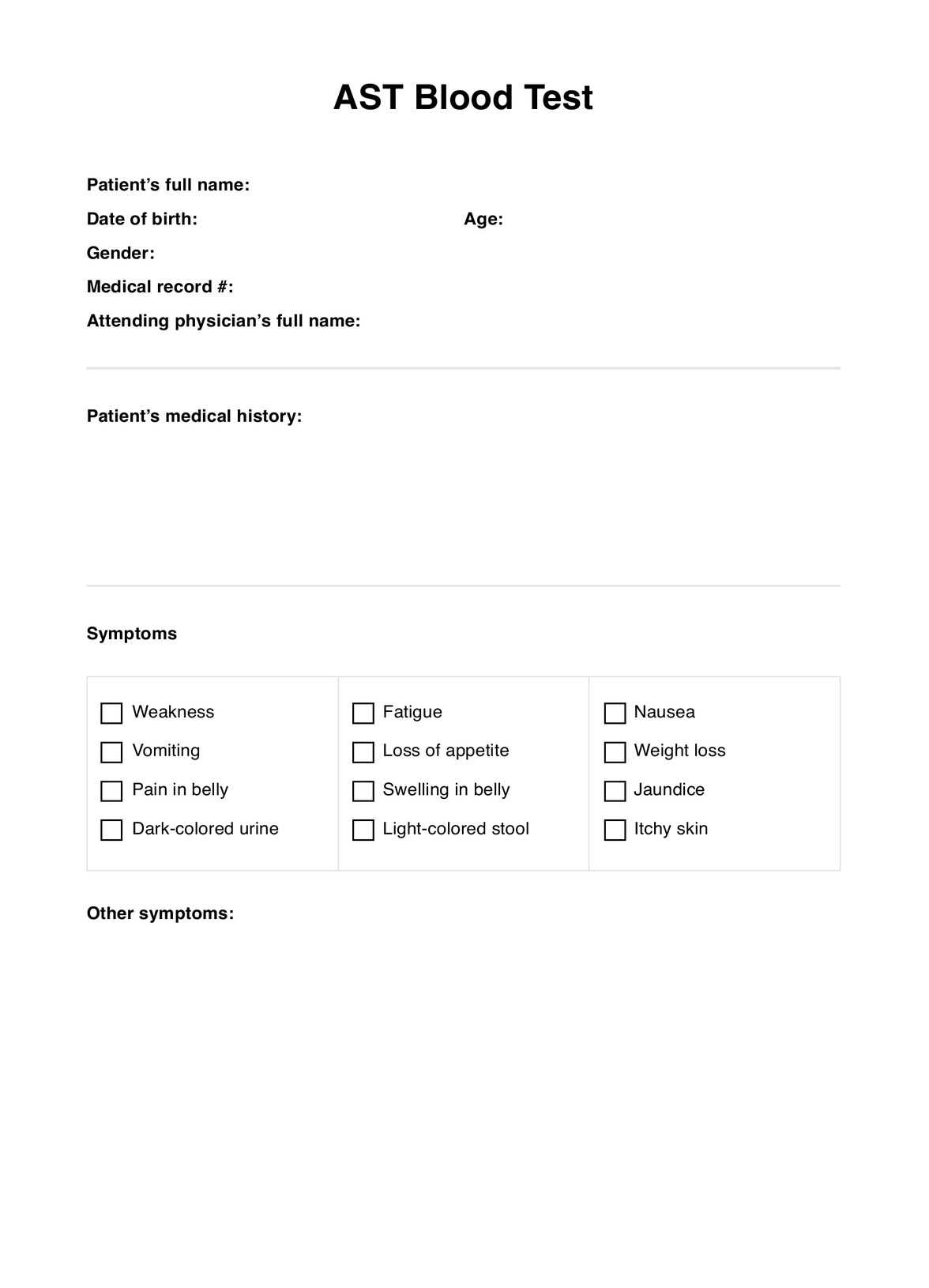ATL Blood Tests specifically assess the amount of Alanine Transferase (ATL) in the bloodstream. Unlike AST, which can be found in other body parts, ATL is mostly found in the liver. These blood tests are often conducted together when checking patients for liver problems.












